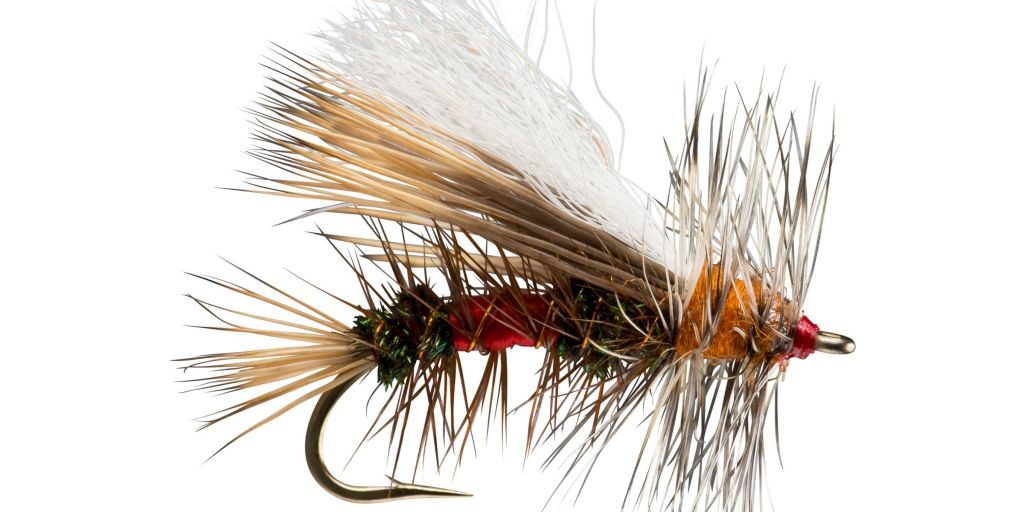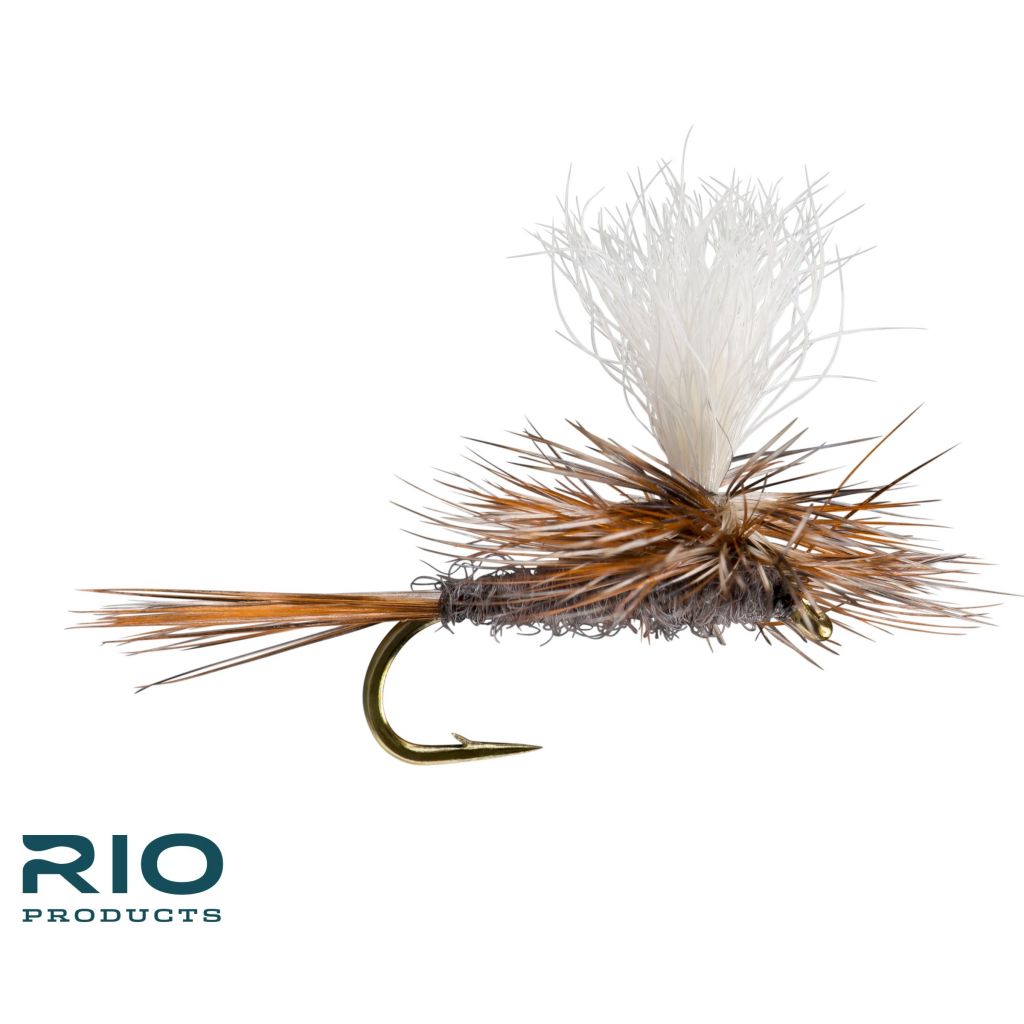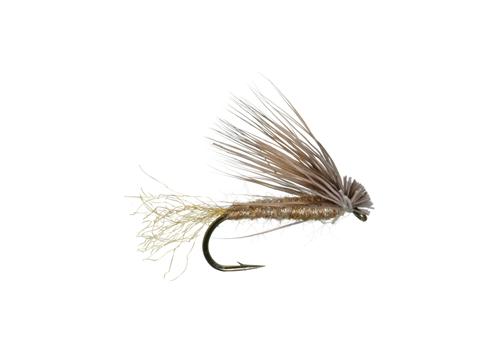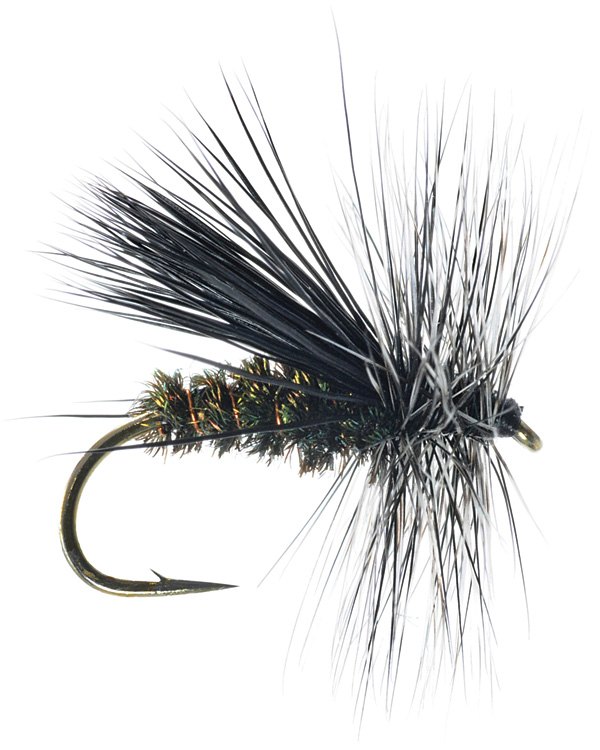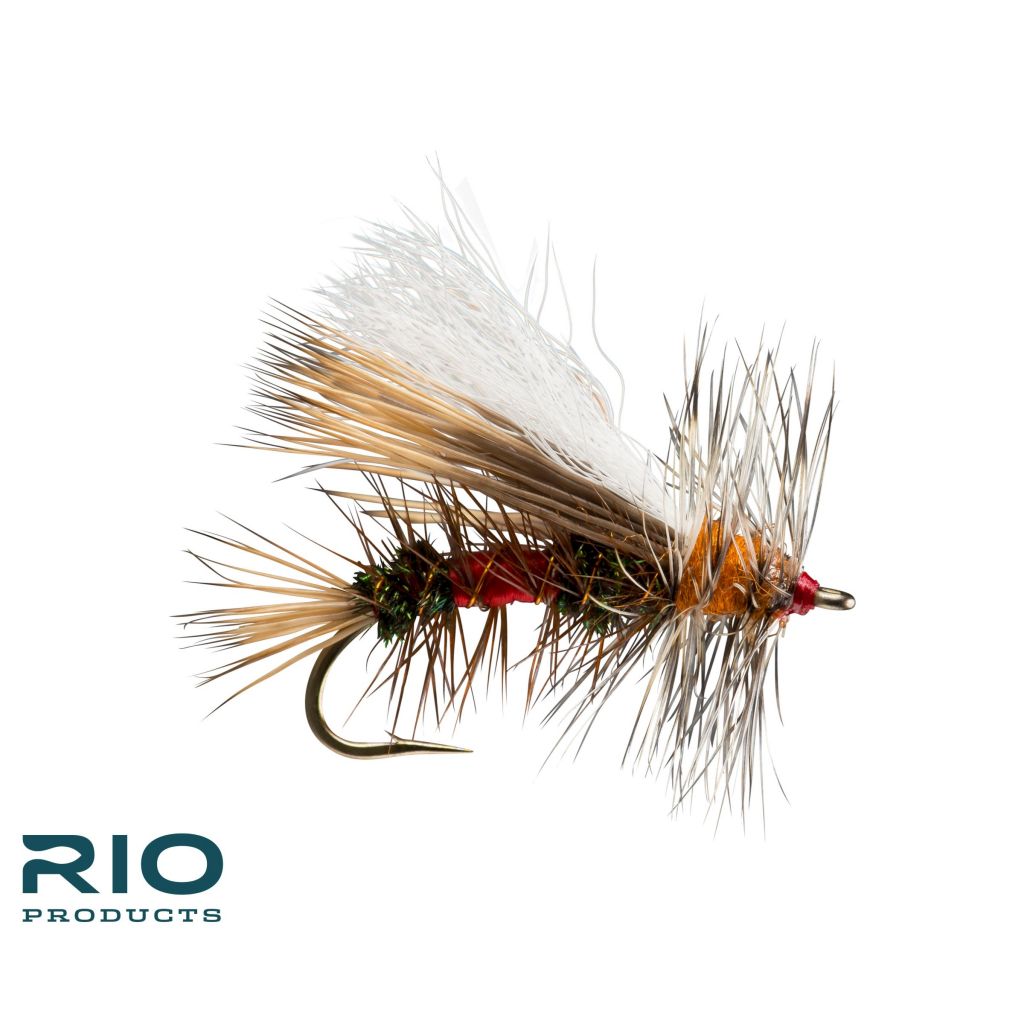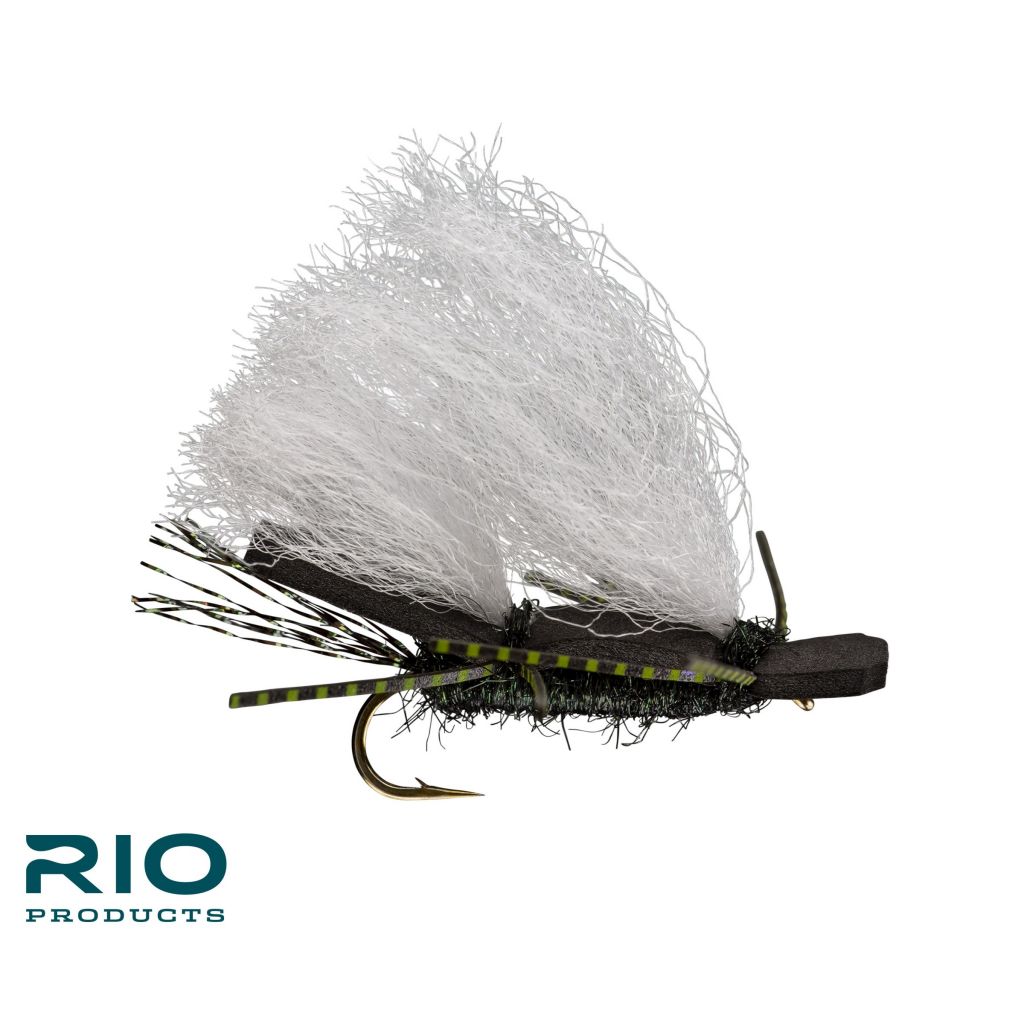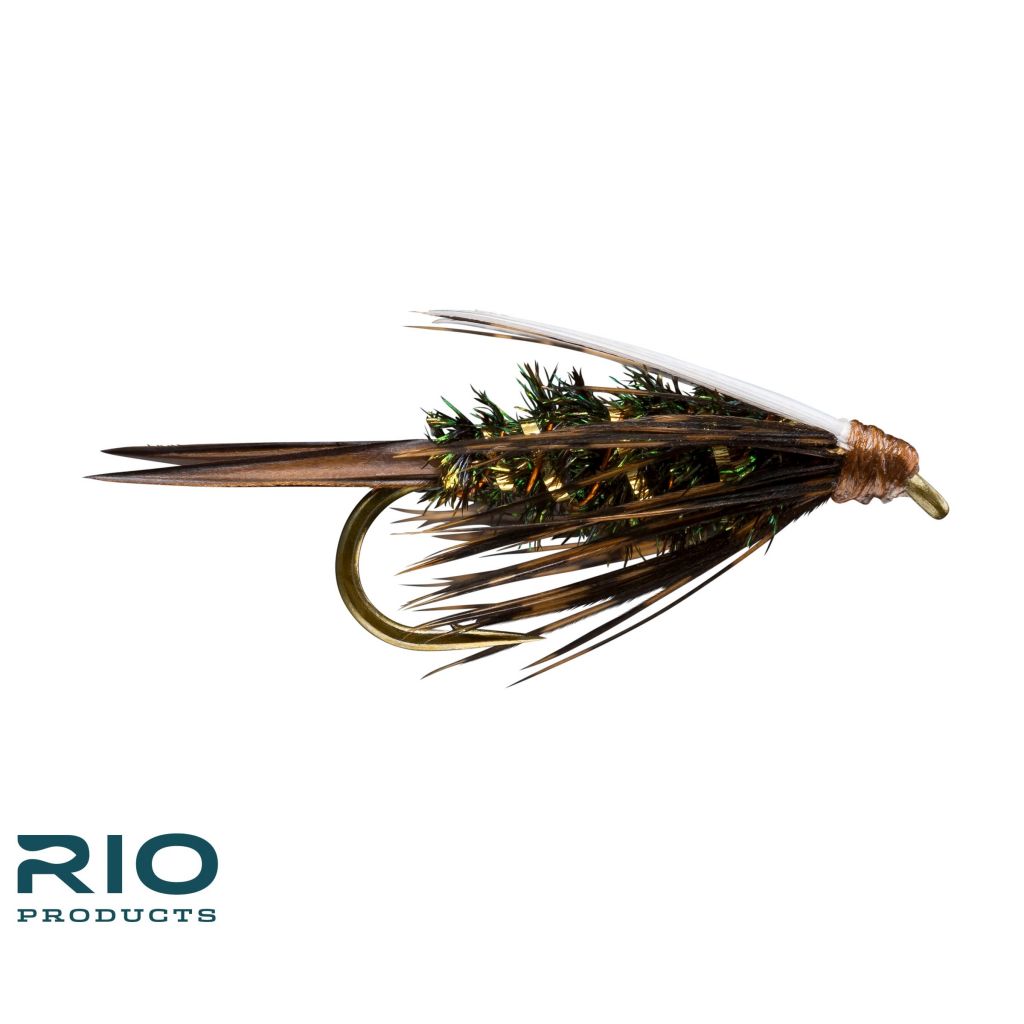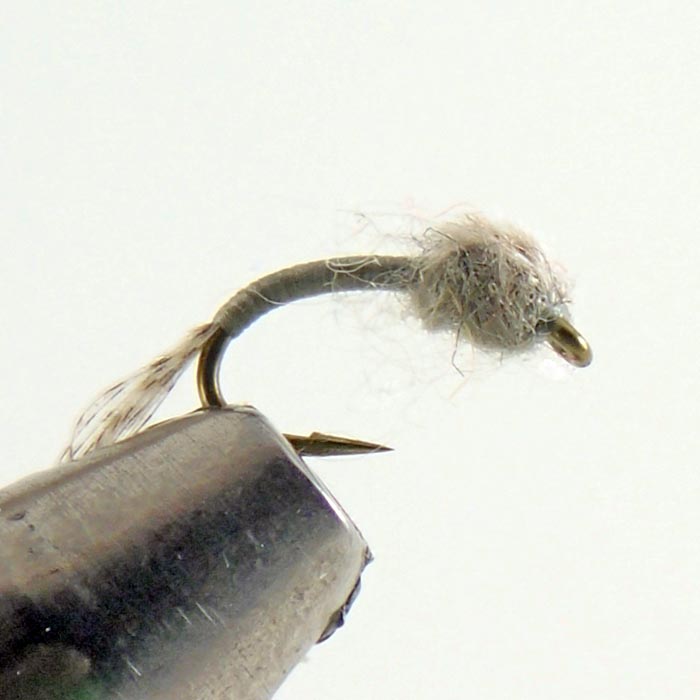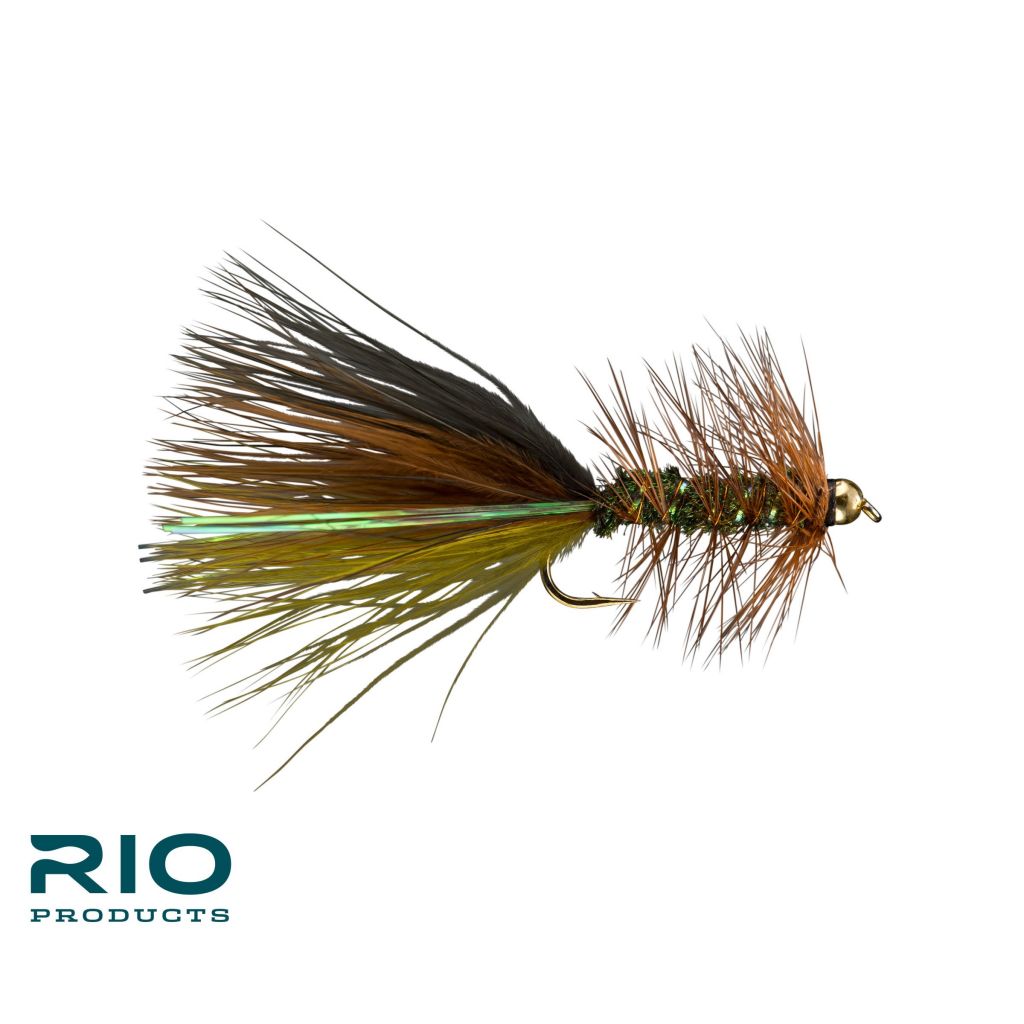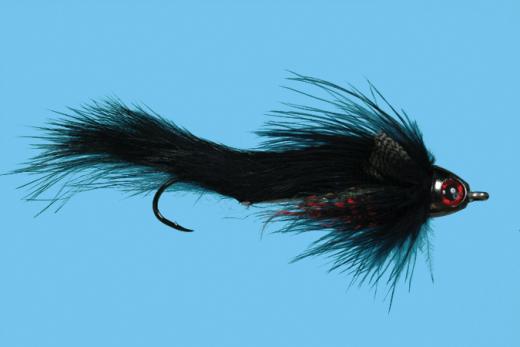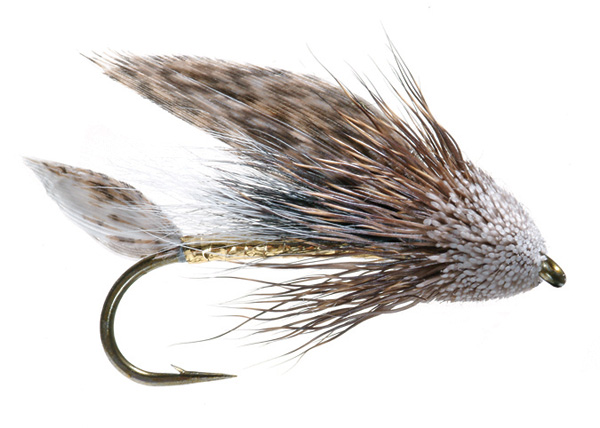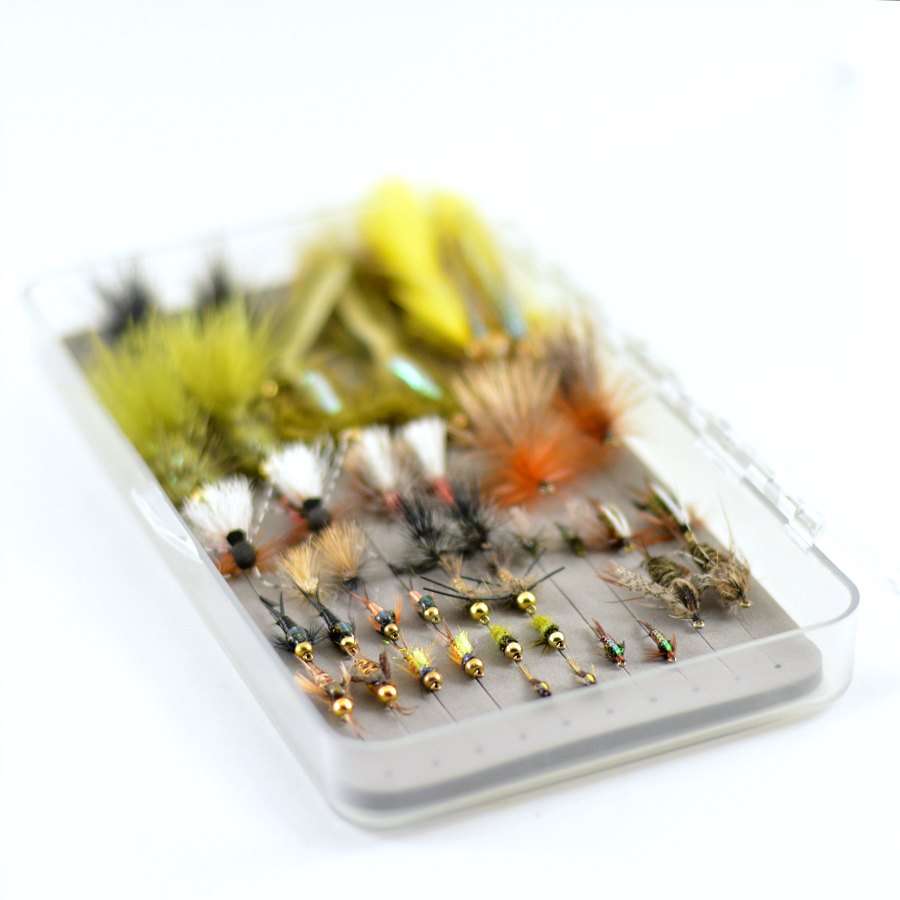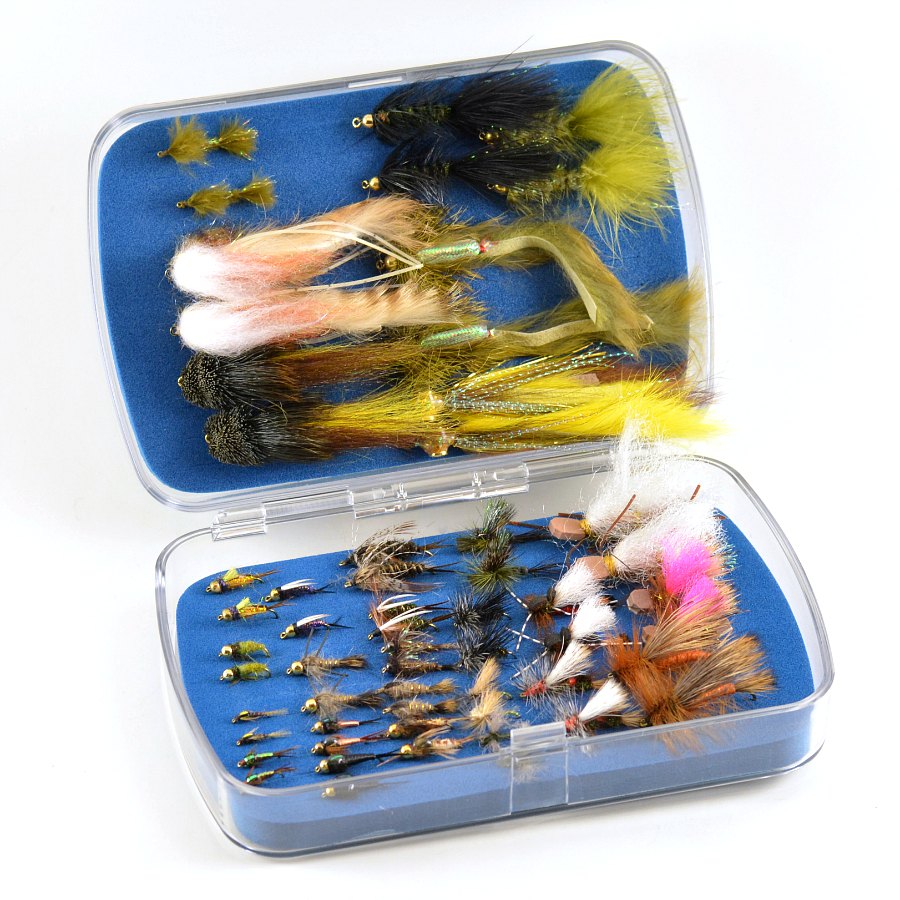We originally wrote Top 10 Flies for Southwest Colorado for another website way back in 2014! That post has since been taken down, so we figured why not get it back up on our site. We have updated the information a little bit, but these flies still remain the bread and butter of our spring through fall season.
Here at Duranglers, our flies are oftentimes more general than specific when it comes to trout food imitiation. We want something with a good profile but sometimes it may not represent anything in particular. These bugs get us through the height of our warmer months and through fall before the first real cold snap. Pack your box with these staples and you can catch trout anywhere in Southwest Colorado
Top 10 Flies for Southwest Colorado
Here at Duranglers, our flies are oftentimes more general than specific when it comes to trout food imitation. We want something with a good profile but sometimes it may not represent anything in particular. Jack of all trades, master of none if you will. The important point is that it isn’t the fly, but rather the angler that makes the difference.
Dries
Parachute Adams – The number 1 dry fly for trout: the Parachute Adams. You could fill your dry box with ONLY this fly from sizes 10-24 and could catch trout year-round when they are eating on top. Our favorite variations are the Purple Para Adams and the Hi-n-Dry Para Adams that replaces the hackle fiber tail with moose body hair and is tied with a DOUBLE hackle parachute.
X Caddis – Designed by Craig Matthews; the X-Caddis is a summer pattern we probably couldn’t live without. Actually, if this was the only pattern you had, you could probably fish all summer successfully and not worry about needing anything else. Why? Well if you were to tie the X Caddis in tan and olive and sizes 10 to 20, you would be able to cover almost every summer hatch necessary. Look at this thing, the silhouette is amazing. Depending on the size and color you use, it represents a caddis, PMD, BWO, green drakes, gray drakes, yellow stones, caddis, and mayfly cripples or emergers…the list could go on. They are so super simple to try, there is no reason for you not to try some out.
Duranglers Peacock Caddis – You might have thought the Elk Hair Caddis would be on this list…and it could be, but it isn’t because we tie on the Peacock Caddis as much or more often than the ole Elk Hair. However, our shop namesake Peacock Caddis version is slightly different than the standard Peacock Caddis. Caddis in SW Colorado tend to be darker in coloration than in other locales. Tied with a grizzly hackle and a black wing; the Duranglers Peacock Caddis is the go-to when our July hatch on the Animas lights up and lasts throughout the summer. This is also a shop favorite as a flying ant imitation on the San Juan River in New Mexico during July and August.
Royal Stimulator – The Royal Stimulator is a staple summer dry fly. A highly visible fly, this pattern is colored off of the classic Royal Coachman…which of course is an attractor and actually represents nothing specific. The Royal Stimulator is a quintessential pattern when it comes to fishing stonefly hatches of all kinds, caddis hatches, high country creeks, and lakes, and even as a hopper pattern. A favorite on the Rio Grande River.
Chubby Chernobyl – This may be one of the most widely known dry fly patterns in the west these days, but for good reason. It works and works well. Again this fly represents nothing and everything. From stoneflies, hoppers, to a general attractor in a hopper/dropper set up: this one is a staple in our boxes. In sizes 14-16 the smaller Chubbies work fantastic as an attractor dry in the high country.
Nymphs
Prince Nymph – Everyone knows the classic Prince Nymph, right? Unlike the front range of Colorado, this fly gets a lot more play on the western slope in larger sizes and typically outfishes all other nymphs. Classic variations with or without a bead, or tied in purple, orange, chartreuse, jigged, with rubber legs, and even a mega Prince variation; this fly fantastic general attractor. From mayflies, caddis, stoneflies, cranefly larva, dragonfly, or damselfly nymphs; you can usually find the Prince tied as a lead nymph on setups on most rivers in Southwest Colorado. Great in our area in sizes 8 to 18.
WD-40 – Many don’t know this, but the WD-40 was developed by Duranglers guide Mark Engler to represent emerging midges on the Frying Pan River. Since its inception many years ago, the WD-40 has become a fairly famous pattern on the San Juan River Quality Waters that mimics hatching midges, BWOs, and even summer PMD’s when fished as a dropper. The WD-40 also works great when fished with weight or bead close to the bottom. Heck, it works pretty great no matter where you fish it in the water column. Put some floatant on it and fish it as dry for those picky tailwater risers.
Streamers
Thin Mint – Now, of course, we could have said “Wooly Bugger”, because a bugger works everywhere especially in black, brown, and olive colors. Really, any color of bugger works, but we really love one that combines black, brown, and olive along with peacock herl (like the Prince Nymph) to build a truly killer small streamer that works anywhere trout are. The larger sizes work great for targeting larger meat-eating trout while the smaller sizes are great as a leech pattern fished dead drift on the bottom. Fish this fly on the swing with a trout spey setup too…or jigged on a Euro nymph setup…or in lakes as a baitfish or leech…you see where I am going with this. It’s usable everywhere to imitate almost any larger food source.
Sculpzilla – The problem with making top 10 lists is that you always have the “but what about…” guy. For every fly angler, there is an opinion on the number one streamer they are using. We landed on the Sculpzilla because it works in almost any streamer situation. If you are an 8 inch, triple articulated, monster meat hucker…the Sculpzilla still works to catch fish in any situation you would feel the need to pull out the 8 weight. We are trying to keep it to 10 flies here, so if you only had one streamer to fish from a boat, on a lake, or wading your favorite big river or a small creek; this is it. With a heavy cone head, this fly gets down quickly and has a lot of fantastic action when imitating sculpins or when you just need to fish fast pocket water. The size 4 is great for targeting large trout while the size 8 has become a favorite small stream and trout spey streamer.
Bonus
Dry Muddler – It seems that old patterns are not what many people are filling their boxes with these days. If it is not tied with some kind of new UV material or is not articulated; it is falling out of fashion. However, the Dry Muddler is an absolute must for us here in the summer….and it must be a Dry Muddler. While standard Muddlers work great as a streamer; fishing a Muddler dry is where this fly shines. When caddis and stones begin to hatch; tie one of these on…and whatever you do, don’t dead drift it. Twitch it, pop it, swing it, hop it…whatever; just give it some action. Our favorite is a size 14 to mimic an emerging/escaping/egg laying/swimming caddis. Not to mention, the Dry muddler accounted for Durangler’s owner Tom Knopick’s win of the 1987 Jackson Hole One Fly Contest. Check it out!
Want a good assortment of our top 10 (or river and time-specific) flies? Check out the custom assortments that we can put together specifically for your trip! Just let us know in the order notes you want our top ten!


